Experienced gardeners know that it is best to grow peppers in a greenhouse. This allows you to reliably protect them from cold, heavy rains and strong winds, as well as provide conditions for the ripening of the crop in the fall. But not everything goes well with indoor cultivation. One of the most dangerous threats is blossom end rot of peppers, a serious disease that, if ignored, can lead to complete loss of the pepper harvest.
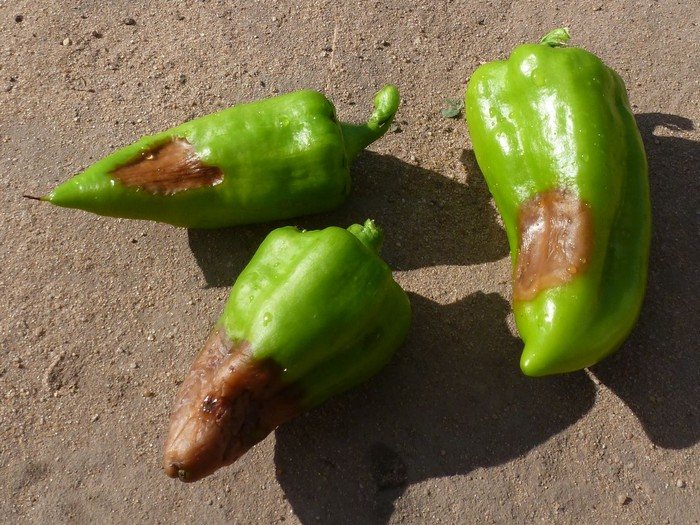
What is blossom end rot?
Already from the wording you can guess that this disease affects the upper part of the plants. The disease is physiological in nature, as it occurs due to improper feeding, potassium deficiency, excess nitrogen or lack of moisture. Sometimes blossom end rot may not have a physiological form, but a bacterial one. In this case, the cause of the disease is contaminated seed.
Dry spots of brown or dark green color form on peppers affected by blossom end rot. Quite quickly they acquire a putrefactive character, and the affected area begins to increase. To notice the disease at an early stage, when the crop can still be saved, you should regularly inspect the plants during their growth. Foci of rot always appear on the tops or sides of peppers and are quite noticeable.
The lack of necessary measures to treat peppers leads to the fact that they stop growing, but the fruits ripen quickly. Small but already mature peppers that appear on such plants are unsuitable for consumption. They have virtually no taste and do not contain any useful substances, so there is no need to talk about a good harvest of peppers with a disease such as blossom end rot.
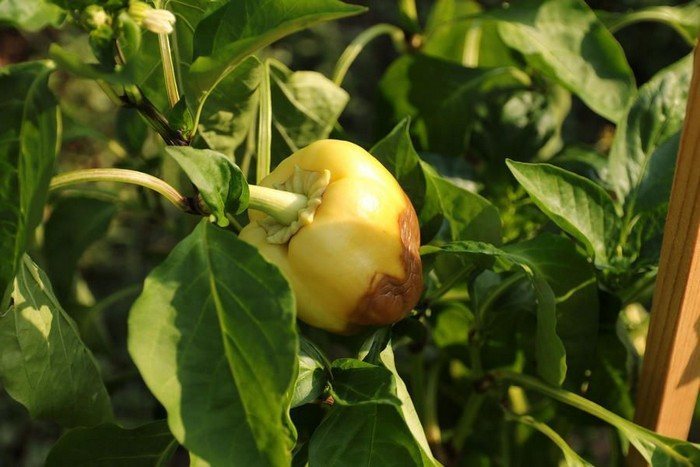
How and with what to treat blossom end rot
Blossom blossom is the worst enemy of nightshades, but this disease is not that difficult to overcome. The first thing to do is organize balanced watering and ensure air humidity at 60–70%. It is also necessary to ventilate the greenhouse once or twice a day.
All fruits to which the disease has spread must be removed from the bushes and burned. After making sure that there are no more pockets of rot left, you can start feeding the plants. Necessary microelements are introduced using root and foliar feeding. Carbon dioxide and calcium nitrate, a solution of which is prepared in a proportion of 2 tbsp, help best in the fight against blossom end rot. l. substances per 10 liters of water. One plant requires 250 ml of this fertilizer.
Another feeding option is spraying the leaves and stems of peppers. Fertilizers should be continued not only during the treatment of plants, but also after their recovery to prevent relapse of the disease. An even greater effect can be achieved if you fertilize even before the onset of infection, that is, for preventive purposes.
In the event that blossom end rot has severely affected the plants, you can get rid of the disease using compounds that include copper. Fertilizers such as Cuprozan, Hom, Bordeaux mixture and copper oxychloride will help save the crop, even if the disease is severely advanced.
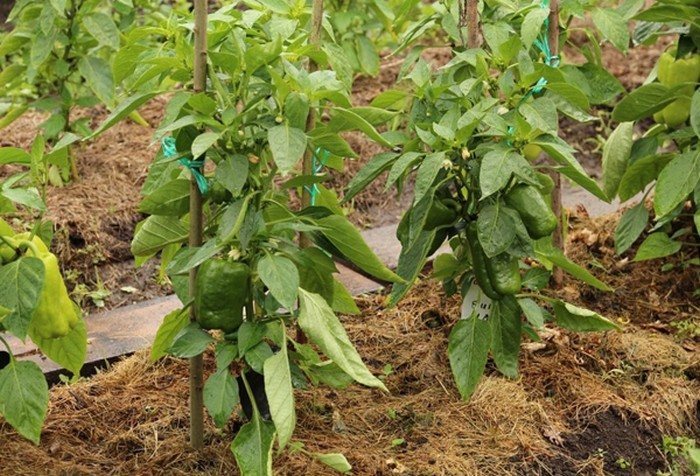
Prevention of blossom end rot in peppers
To maintain the health of peppers grown in greenhouse conditions, the following preventive measures should be followed:
- Provide a constant air humidity level of 60–70%.
- Water the plants regularly, avoiding excess moisture.
- You should loosen the soil carefully, since peppers with damaged root systems are most susceptible to infection with blossom end rot.
- Periodically fertilize the soil with microelements. In the fall, it is necessary to add dolomite flour or slaked lime to the soil, and when planting, add crushed eggshells to the soil.
- For cultivation, you can use only healthy seed, having previously disinfected it.
- Contact of fruits with soil should be avoided - this will significantly increase the likelihood of infection.
- It is unacceptable to apply fresh manure for planting or plant peppers in soil where other nightshade crops, such as eggplants or tomatoes, were grown last season.
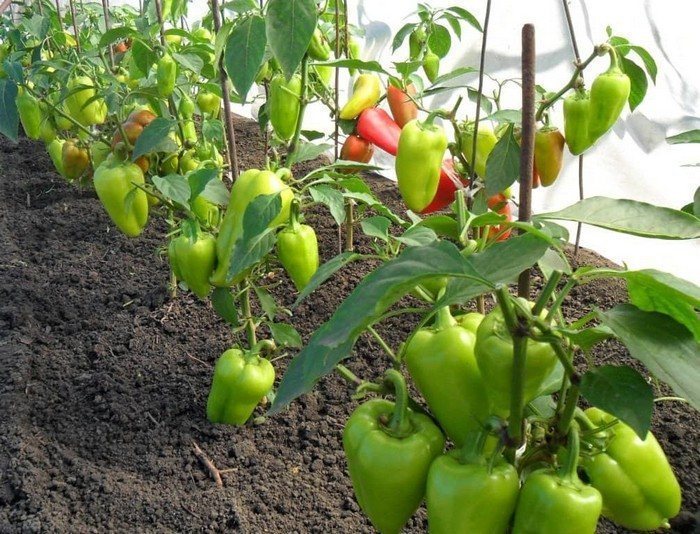
The listed preventive measures are sufficient to reduce the risk of blossom end rot of peppers to a minimum. But if the disease does affect the plants, you can save the crop, or at least part of it, by using the above tips.


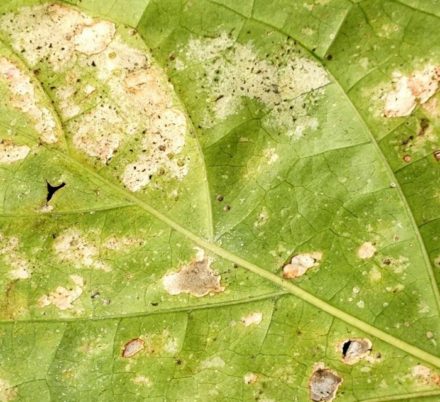
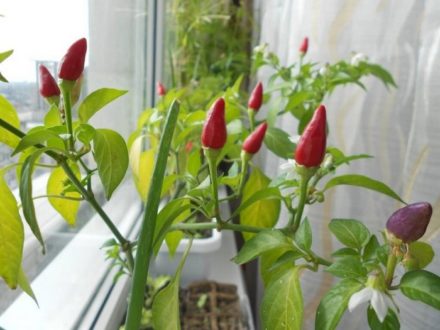
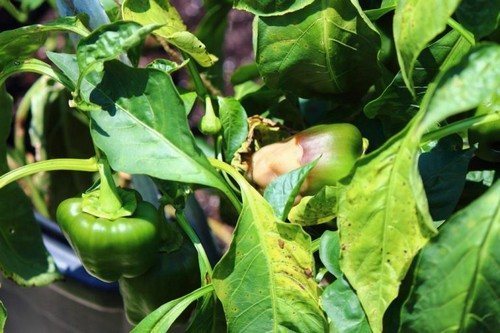
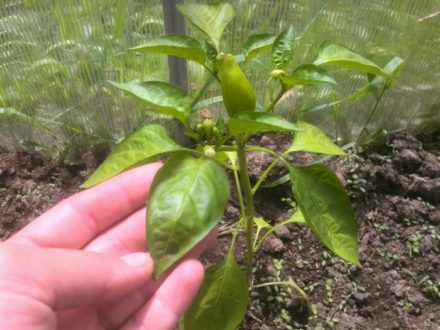
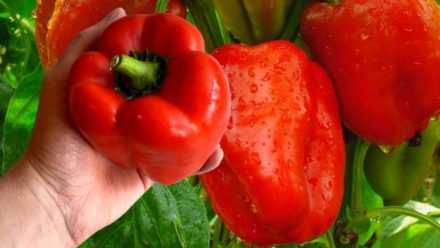
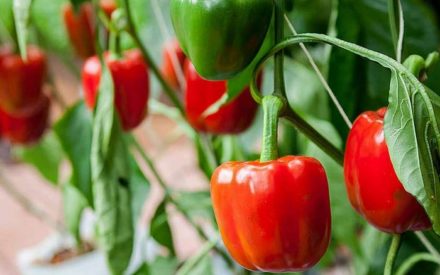

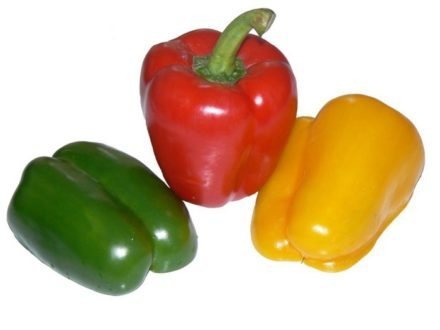
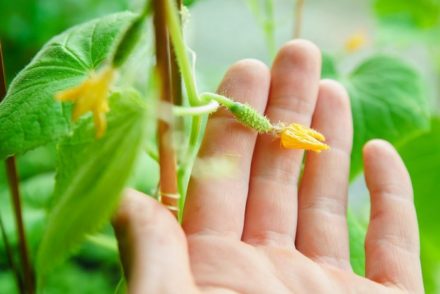


How to feed peppers with carbon dioxide, which you wrote about? And where is it sold?
This meant nitrogen. It contains calcium nitrate.